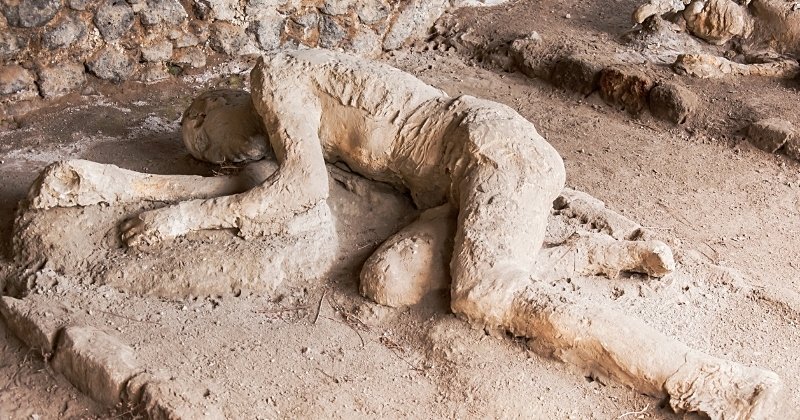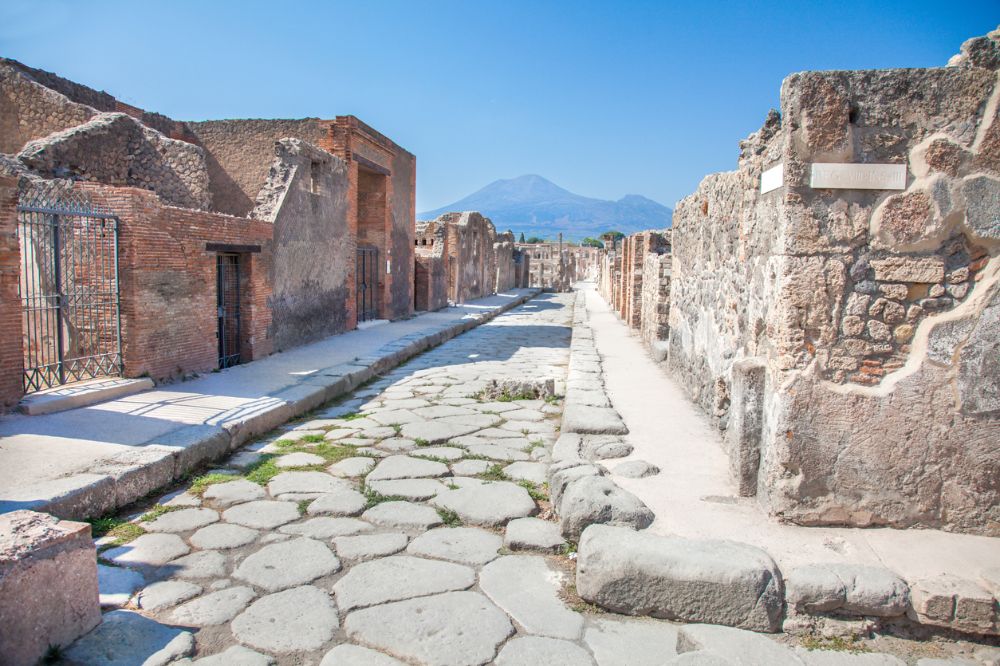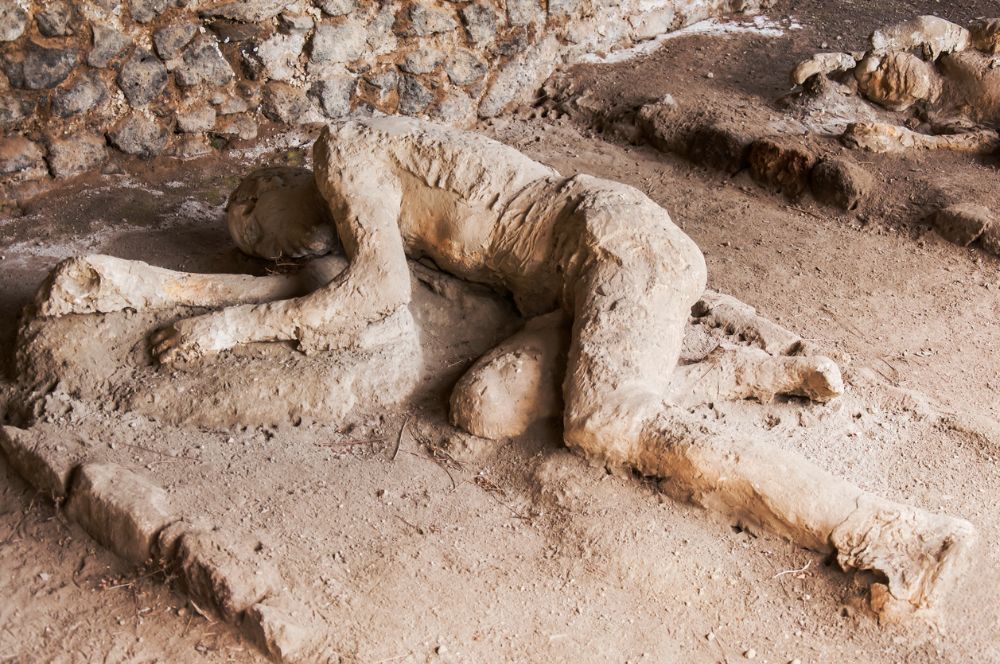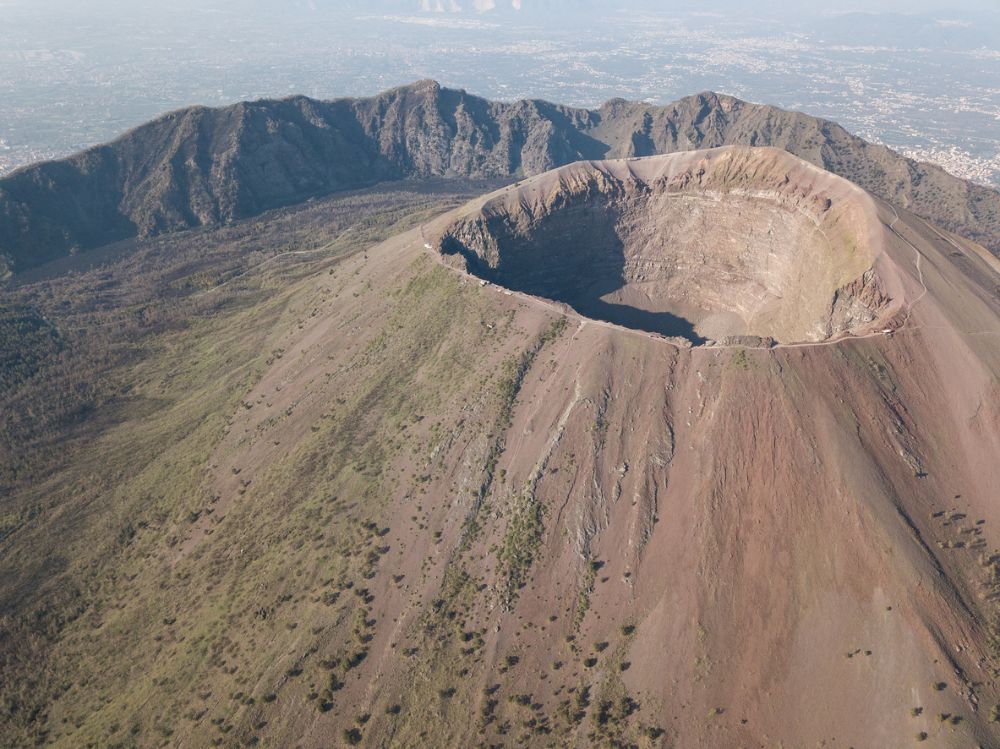
For the first time, scientists have succeeded in sequencing the entire DNA of a Pompeii explosion victim
In AD 79, the lives of thousands changed instantly when the eruption of Mount Vesuvius buried the city of Pompeii under several meters of ash and debris. More than 2,000 people died in this disaster, most of them in their homes.
 Credit: Hydromet/iStock
Credit: Hydromet/iStock
see also
Now, for the first time, researchers have been able to fully sequence the victim’s DNA. Thanks to their work, we have a more accurate idea of the people who lived in Pompeii at that time. The study, published in the journal Nature, explains how the team sought to analyze the DNA of two people whose remains were found in Casa del Fabbro, a house excavated in 1914.
The bodies were of a man in his thirties or forties and a woman in her fifties. They were discovered lying in their dining room, on the remains of a lounge chair. The fact that they were more likely to have a quiet meal when the disaster struck is not unusual. In fact, the study authors claim that “More than half of the individuals found in Pompeii died indoors, indicating a collective lack of awareness of the possibility of a volcanic eruption or that the risk was reduced by earthquakes that are relatively common in the area.”
By extracting a fileDNA From the bones at the base of the skulls, scientists were able to find out the gender, ages and height of the victims. The length of the male was about 1.62 m, while that of the female was about 1.52 m. Although complete information could not be obtained from the woman’s DNA due to its deficiency, they were able to sequence the man’s entire genome. Previously, only a short sequence of mitochondrial DNA had been sequenced from human and animal remains in Pompeii. So this is a historical precedent!
 Credit: Photo Italia LLC/iStock
Credit: Photo Italia LLC/iStock
But then, what did they learn? First, they found that his genetic makeup was similar to that of modern individuals living in central Italy, as well as people who lived during the time of the Roman Empire. Interestingly, they also found a set of genes common to people living in Sardinia, but not present in people living in mainland Italy at the time. This suggests that there may be more genetic diversity on the Italian peninsula than originally thought. The researchers also discovered that the man had tuberculosis, a common disease at the time.
All this information is useful in assembling the puzzle of life in Italy under the rule of the Roman Empire. Scientists hope that other DNA samples can be tested in the future. The volcanic ash that buried Pompeii is very useful in protecting its fragile DNA from its main enemy, oxygen, so it is possible that a full sequencing of other victims is imminent.
 Credit: LightFieldStudios/iStock
Credit: LightFieldStudios/iStock
Pompeii, a unique location in the world
For the team, the opportunity to work in such a historic location was an honor. “Participation in a study like this was a great privilege, Pompeii Unique from all points of view, it is the context of anthropology that allows the study of a human society involved in a natural disaster. Pompeii is one of the most unique and unique archaeological sites on the planet, which is one of the reasons we know so much about the classical world. It is great to be able to work and contribute to adding more knowledge about this unique place.” said Gabriel Scorano, associate professor of geogenetics at the University of Copenhagen and lead author of the study.

“Unapologetic pop culture trailblazer. Freelance troublemaker. Food guru. Alcohol fanatic. Gamer. Explorer. Thinker.”
